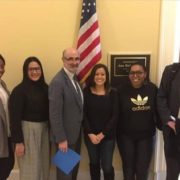Is it Time for a Youth Opportunity Guarantee?
By Adam Strong and Shawnice Jackson
Should our nation have an “opportunity guarantee” of education, training, and employment for all young adults?
How can we as a nation truly achieve equity without a framework — and what could this framework look like? What do young adults need to be successful in high school and beyond?
Members of OYUnited were invited to Georgetown Center on Poverty and Inequality to grapple with these and related questions. For example, how do schools, colleges, and employers work with young adults to improve their experiences?
At the root of the discussion was a recent proposal by the Center on Poverty and Inequality for a national Youth Opportunity Guarantee. The Youth Opportunity Guarantee is a vision and strategy for policymakers and stakeholders at all levels to ensure all young people have access to:
- A high school credential or equivalent,
- A variety of post-high school training, education and credentialing, and
- Quality training for careers, national service opportunities, or a career pathway.
The Youth Opportunity Guarantee would require youth-serving systems, like our education, workforce, justice, and child welfare systems, to work together to connect current services and create a better experience for young adults. The framework also ensures youth and adults work together to make the vision a reality, with a focus on equity.
As OYUnited believes in and values the power of youth-adult partnerships, equity, and systems reform, we believe in the strategy behind the Youth Opportunity Guarantee.
About the Opportunity Guarantee
The Youth Opportunity Guarantee seeks to drive change for Opportunity Youth by:
- Ensuring a variety of post-secondary options that lead to an employment pipeline (not a one-size-fits-all approach to post-secondary education and training)
- Building on youth-adult partnerships as the cornerstone of this work (youth as experts)
- Increasing cross-system collaboration and reform (system alignment and reform)
- Working from an equity-based lens (values)
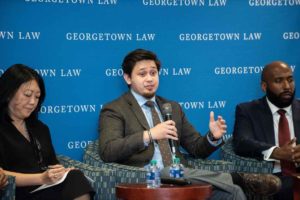
Why We Need an Opportunity Guarantee
In our roles as OYUnited founding members and members of the National Council of Young Leaders, we sat on the panels at the Georgetown event and shared our views on the Guarantee.
Adam served on the first panel, which focused on the need for this type of approach. Here’s a snapshot of his remarks:
Many would benefit from the Youth Opportunity Guarantee. Currently, there are 4.5 million Opportunity Youth, youth who are currently seeking opportunity and also represent an opportunity for our country. At the same time, there are over 6 million unfilled jobs in America. With the right training and support, these young people could easily fill the majority of those jobs. All young people deserve the equal opportunity to pursue a life that they believe is meaningful and, for the vast majority, that includes working.
Connecting these young people to those jobs boosts our economy and improves the lives of millions of young people and their families.
When young people don’t have a pathway to advance their education, training, and skills, or obtain gainful employment, they are forced into survival mode and into an experience and life void of dignity, hope, and significance.
When young people don’t have a pathway to advance their education, training, and skills, or obtain gainful employment, they are forced into survival mode and into an experience and life void of dignity, hope, and significance.
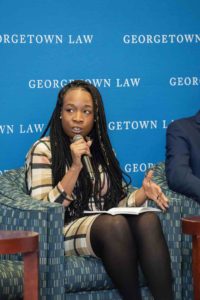
How to Operationalize It
Shawnice served on the second panel, which focused on ways to make the Youth Opportunity Guarantee work in real life. One of the key takeaways from this panel included how to address foreseeable challenges in building and sustaining youth-adult partnerships. Using lessons that OYUnited has learned through our partnerships, like the Reconnecting Youth Campaign and the Opportunity Youth Forums, we recommended the following strategies: addressing the readiness of youth and adults to work together, addressing preconceived notions and biases (youth of adults and adults of youth), implementing cultural competency training (pre-work and ongoing), and creating accountability and ongoing feedback loops.
Without these key strategies in place, we run the risk of doing more harm than good.
If we wish to change systems to better serve Opportunity Youth, system leaders must be prepared to get out of silos, share data, and be comfortable with being uncomfortable.
If we wish to change systems to better serve Opportunity Youth, system leaders must be prepared to get out of silos, share data, and be comfortable with being uncomfortable.
In all, we believe that the Youth Opportunity Guarantee provides a powerful framework to create a pipeline to employment success for all young people, one that meets them where they are, and outlines promising recommendations for operationalizing it.
If you would like to learn more about the framework click here. Also, consider signing up for our newsletter so you don’t miss out on the latest news as we continue to work towards creating a brighter future.
__
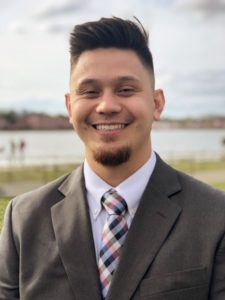 Adam Strong is a founding member of OYUnited and member of OYUnited’s National Council of Young Leaders. A passionate advocate and lifelong learner, he has six years of experience in national policy advocacy, using his skills in policy analysis and communication & strategy he aims to influence policymakers to implement policies that increase economic mobility and decrease poverty in America.
Adam Strong is a founding member of OYUnited and member of OYUnited’s National Council of Young Leaders. A passionate advocate and lifelong learner, he has six years of experience in national policy advocacy, using his skills in policy analysis and communication & strategy he aims to influence policymakers to implement policies that increase economic mobility and decrease poverty in America.

Shawnice Jackson is a Policy Advocate and former Opportunity Youth committed to building equitable and strong systems, policy, and pathways to opportunity for underserved and marginalized youth and communities. As a co-founder of the National Council of Young Leaders & Opportunity Youth United, Shawnice works to advise funders and policy makers on the needs and potential of Opportunity Youth across the country. She also bolsters the larger Opportunity Youth movement through her consultancy work and leadership. Shawnice’s current leadership roles include: Advisory Board Member with The Opportunity Youth Network; Leadership Council Member with The Opportunity Youth Incentive Fund; Opportunity Leader with Opportunity Nation; Leadership Committee Member with the International Youth Foundation’s Reconnecting Youth Global Advisory Committee and Steering Committee Member for America’s Promise Alliance.
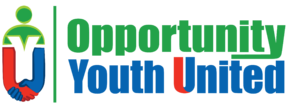
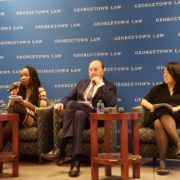
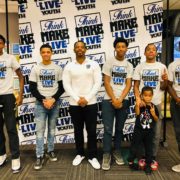
 Jamal Stone is a Digital Engagement Associate at SparkAction, where he helps strategize and execute on content-driven campaigns, with a focus on equity, opportunity and youth justice. His writing has appeared in outlets such as Genius, Milk.xyz, and Broad Street Magazine, with a strong focus on how social justice intersects with art.
Jamal Stone is a Digital Engagement Associate at SparkAction, where he helps strategize and execute on content-driven campaigns, with a focus on equity, opportunity and youth justice. His writing has appeared in outlets such as Genius, Milk.xyz, and Broad Street Magazine, with a strong focus on how social justice intersects with art. 
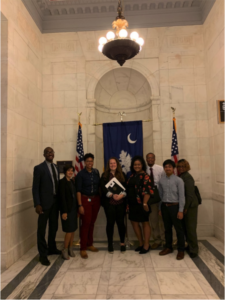
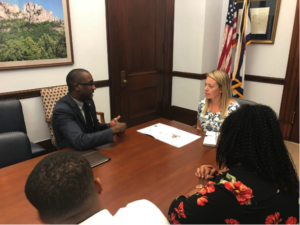
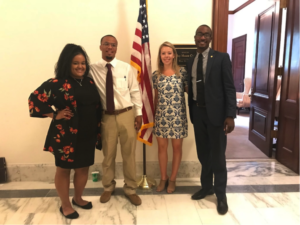
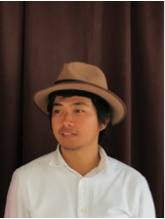
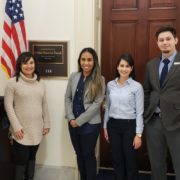
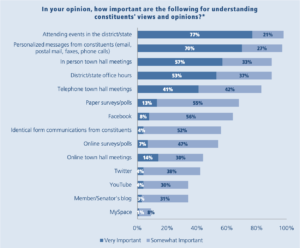
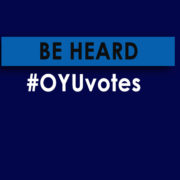

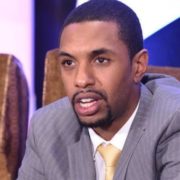


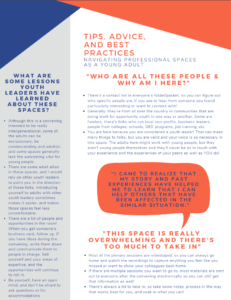
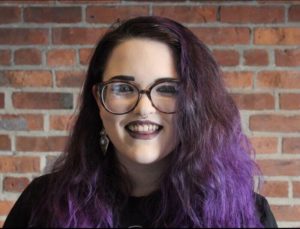
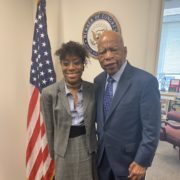
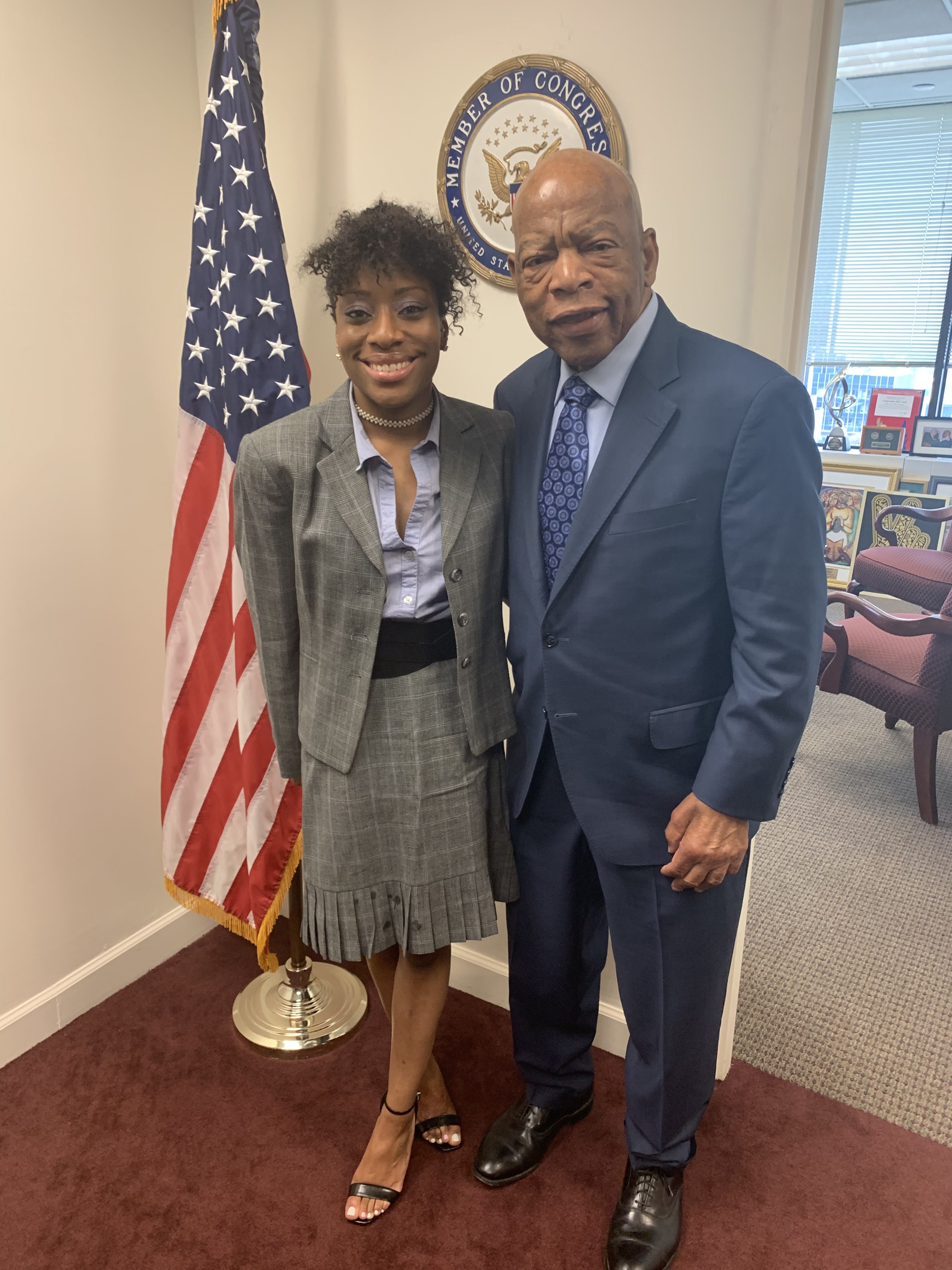
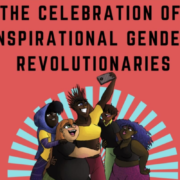
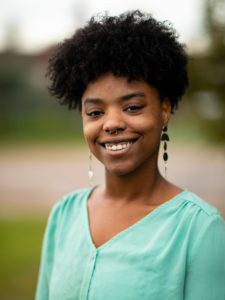 Makayla Wright (she/her/they) is the Youth Voice Organizer for SOAR, a Seattle-based community coalition working together to promote the healthy development of children, youth and families in Martin Luther King County and the anchor organization for the OYUnited Community Action Team (CAT) in Seattle. Makayla grew up in Leavenworth, Kansas. As the child of former Opportunity Youth who never went back to school to get their GEDs, she realized how important it was to work with young adults in similar situations. Makayla graduated from Smith College and has worked in educational outreach programs, youth residential treatment facilities, charter schools, and as an Academic Coach. As a Black woman from the Midwest, she is passionate about exploring root issues and working with communities, and now advocates for youth and young adults by convening the King County Youth Advisory Council and organizing the King County OYunited CAT.
Makayla Wright (she/her/they) is the Youth Voice Organizer for SOAR, a Seattle-based community coalition working together to promote the healthy development of children, youth and families in Martin Luther King County and the anchor organization for the OYUnited Community Action Team (CAT) in Seattle. Makayla grew up in Leavenworth, Kansas. As the child of former Opportunity Youth who never went back to school to get their GEDs, she realized how important it was to work with young adults in similar situations. Makayla graduated from Smith College and has worked in educational outreach programs, youth residential treatment facilities, charter schools, and as an Academic Coach. As a Black woman from the Midwest, she is passionate about exploring root issues and working with communities, and now advocates for youth and young adults by convening the King County Youth Advisory Council and organizing the King County OYunited CAT.